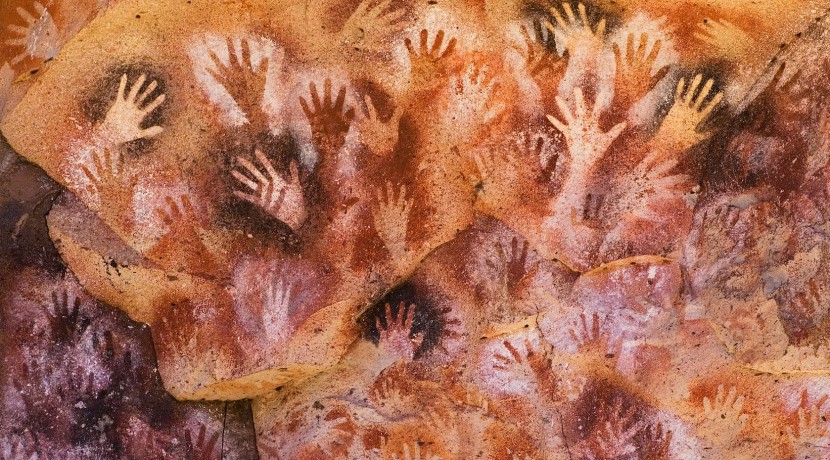Big Five Mass Extinctions Events in evolution plus the one caused by humans now
(442 Million years ago: the year 91,1 on the 100 year time-scale)
In the millions of years of complex life forms on Earth, 99% of all species that ever lived have ultimately vanished! Mostly due to five Massive Extinction Events. The first was during the Ordovician period (some 488 - 443 million years ago). The last and best known was the so-called K-T extinction, when a meteor put an end to the existence of the dinosaurs 65 million years ago.
Now, while you are reading these lines, unfortunately mankind itself is well on its way to cause yet another mass extinction, faster than any of previous extinctions.
Throughout Earth's history, there have been periods where climate changed dramatically. The response was mass extinction events, when many species went extinct followed by a very slow recovery. The history of coral reefs gives us an insight into the nature of these events as reefs are so enduring and the fossil record of corals is relatively well known (Veron 2008). What we find is reefs were particularly impacted in mass extinctions, taking many millions of years to recover. These intervals are known as "reef gaps".
In current times, mankind is well on his way to create one gap more...
The 1st Mass Extinction Event: Ordovician-Silurian
Some 443.million years ago (year 91 on our 100 year Timeline)
Alternatvie theorie:
The 2nd mass extinction: the Devonian
The 3rd mass extinction: the Permian
(359 million years ago - year 95 on the 100 year time-scale)
The Permian (3rd) mass extinction has been nicknamed The Great Dying, since a staggering 96% of species died out. All life on Earth today is descended from the 4% of species that survived.
It occurred about 252 million years ago in the Siberian Traps, forming the boundary between the Permian and Triassic geologic periods, as well as the Paleozoic and Mesozoic eras.
It is the Earth's most severe known extinction event, with up to 96% of all marine species and 70% of terrestrial vertebrate species becoming extinct. It is the only known mass extinction of insects. Some 57% of all families and 83% of all genera became extinct. Because so much biodiversity was lost, the recovery of life on Earth took significantly longer than after any other extinction event, possibly up to 10 million years. (Wikipedia)
Other Permian Mass Extinction references

As you can see, one of the cute animals that lived in this geological period was Lystrosaurus (vegetarian), another famous and not so sweet creature was Gorgonopsian, a preditor with the size of a Grizzly Bear (more in the video).
The 4th mass extinction: the Triassic
200 million years ago
Brought about by the splitting apart of the supercontinent of Pangea.
The 5th mass extinction or KT event: the Jurassic
65 million years ago
The next, 6th mass extinction caused by humans, is happening right now!
More references
- Log in to post comments
- Printer-friendly version







